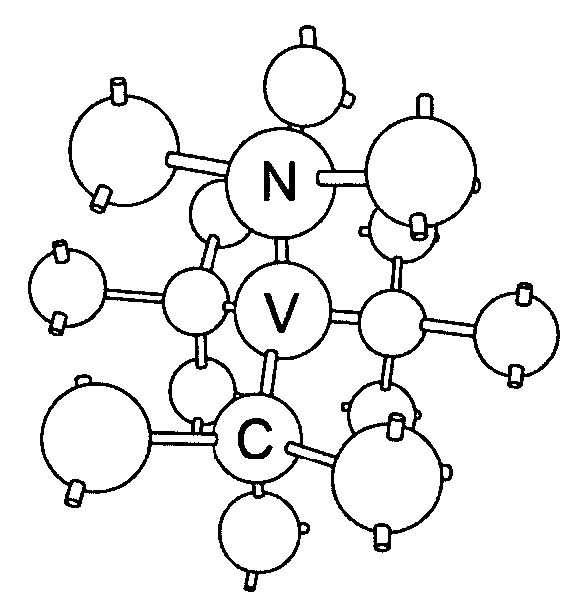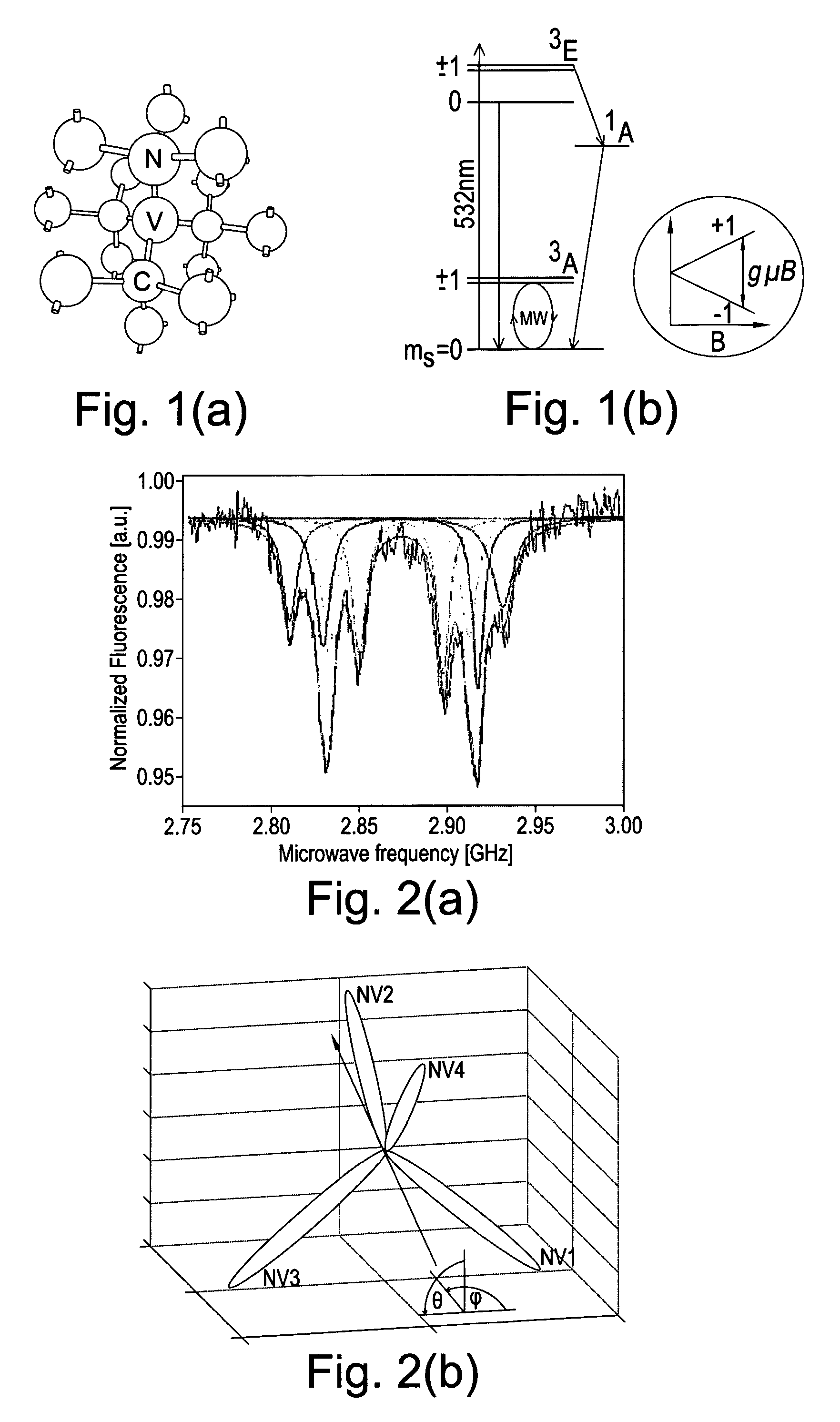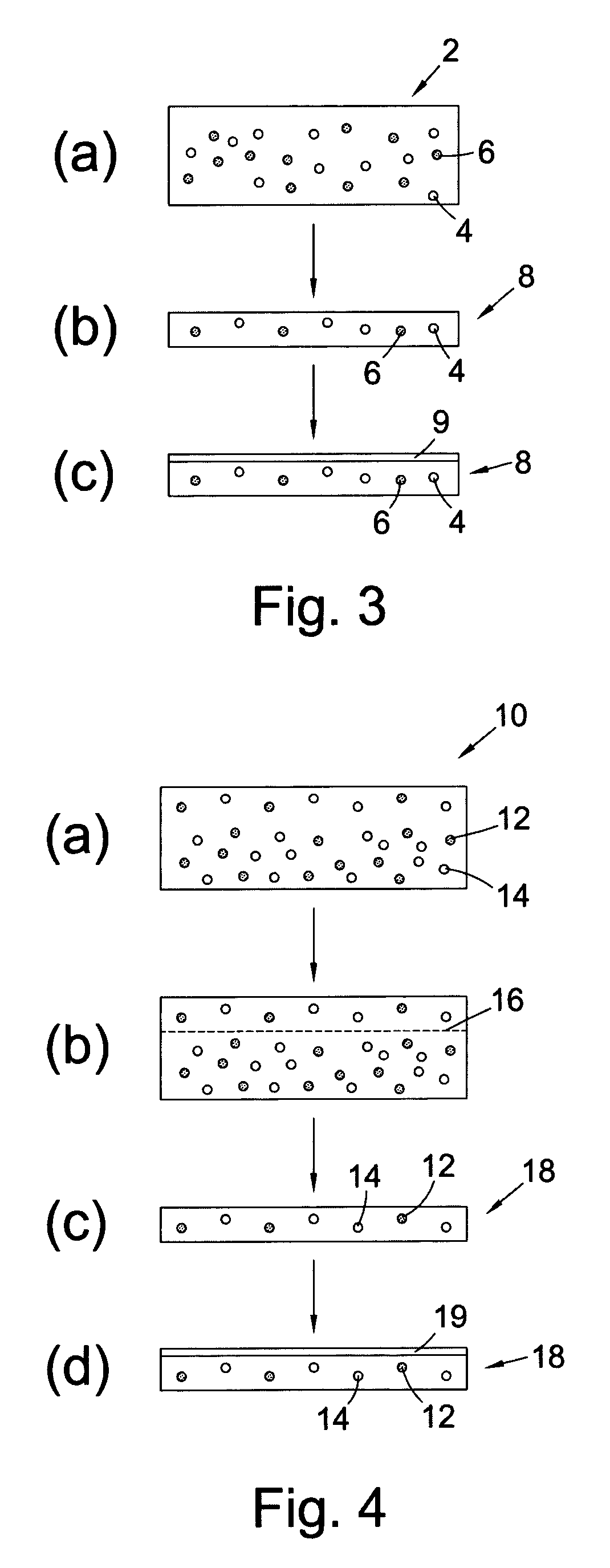Diamond sensors, detectors, and quantum devices
a detector and diamond technology, applied in the field of diamond sensors, detectors and quantum devices, can solve the problems of insufficient to achieve very high decoherence times, low decoherence time of isolated quantum spin defects, and reduced number, so as to reduce the decoherence time, reduce the number of quantum spin defects, and reduce the optical absorption of synthetic diamond materials
- Summary
- Abstract
- Description
- Claims
- Application Information
AI Technical Summary
Benefits of technology
Problems solved by technology
Method used
Image
Examples
example
Preparation and Mounting of Thin Film
[0103]A type 1b synthetic HPHT diamond containing a nitrogen concentration of [N]0) and negatively charged (NV−) nitrogen-vacancy defects were the only colour centres detected in the sample. In the HPHT bulk sample a high density of such defects were observed, and individual colour centres could not be resolved.
[0104]A film of 1 μm thickness was defined by implantation of He ions at an energy of 0.5 MeV and a fluence of approximately 5×1016 ions / cm2, followed by annealing in a forming gas (Ar, 4% H2) for one hour at 800° C. To grant access to the graphite layer, a focused-ion beam (FIB) of 30 keV Ga+ ions was used to drill 5 μm holes to a depth of 2 μm. The film was then undercut using a cycle of galvanic etches to remove the graphite layer. Once the graphite had been removed, a final clean in oxidizing acids removed any non-sp3 carbon. A further FIB milling process was then used to define an approximately square film of 60 to 80 μm side length.
[...
PUM
| Property | Measurement | Unit |
|---|---|---|
| thickness | aaaaa | aaaaa |
| thickness | aaaaa | aaaaa |
| thickness | aaaaa | aaaaa |
Abstract
Description
Claims
Application Information
 Login to View More
Login to View More - R&D
- Intellectual Property
- Life Sciences
- Materials
- Tech Scout
- Unparalleled Data Quality
- Higher Quality Content
- 60% Fewer Hallucinations
Browse by: Latest US Patents, China's latest patents, Technical Efficacy Thesaurus, Application Domain, Technology Topic, Popular Technical Reports.
© 2025 PatSnap. All rights reserved.Legal|Privacy policy|Modern Slavery Act Transparency Statement|Sitemap|About US| Contact US: help@patsnap.com



